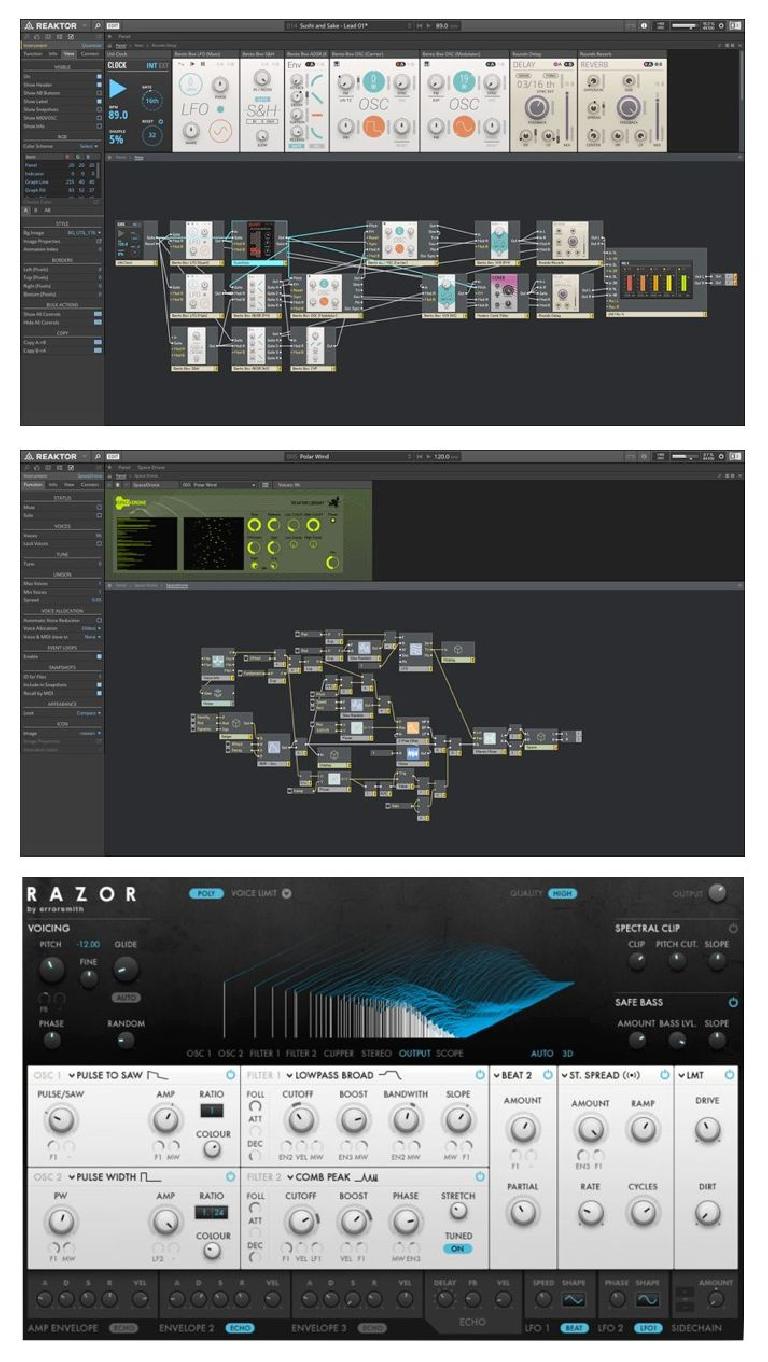

Why Even-Layered PCBs Are Betterīecause odd-layered PCBs require a “non-standard” stacked core process for layer bonding, they may reduce the quality of the PCB manufacturing process. With the increase in the thickness of the multilayer PCB, the risk of bending with two varying structures increases. When the multilayer PCB is left to cool after lamination bonding, the various laminating tensions may cause the printed circuit board to bond.

It can even cause the two sides to have uneven weight, increasing the risk of over-plating or under-plating during the plating process.Īnother important reason to avoid odd-layered PCBs is related to bending.

Even if the warpage is brought under control, things can get worse after reflow or wave soldering when housing the PCB with components.Īlso, the odd-layer design can cause problems in copper plating processes as the etching away of copper exposes the finer elements on the reverse design. Restricting warpage in any multiplayer circuit board demands a balanced setup of pre-peg and base layers, and this gets challenging with an odd number. Odd-layered PCBs require a standard symmetrical housing in the process, and one of the copper layers is etched away.īut etching away copper from one side of the board causes warping, which is where the problem arises. After the curing process, the boards are cooled and then taken from the press. They’ll be pressed together for several hours at a high temperature inside a “PCB press” that delivers heat and pressure. Various two-layer boards are laminated together into one stack to create a multilayer board.


 0 kommentar(er)
0 kommentar(er)
